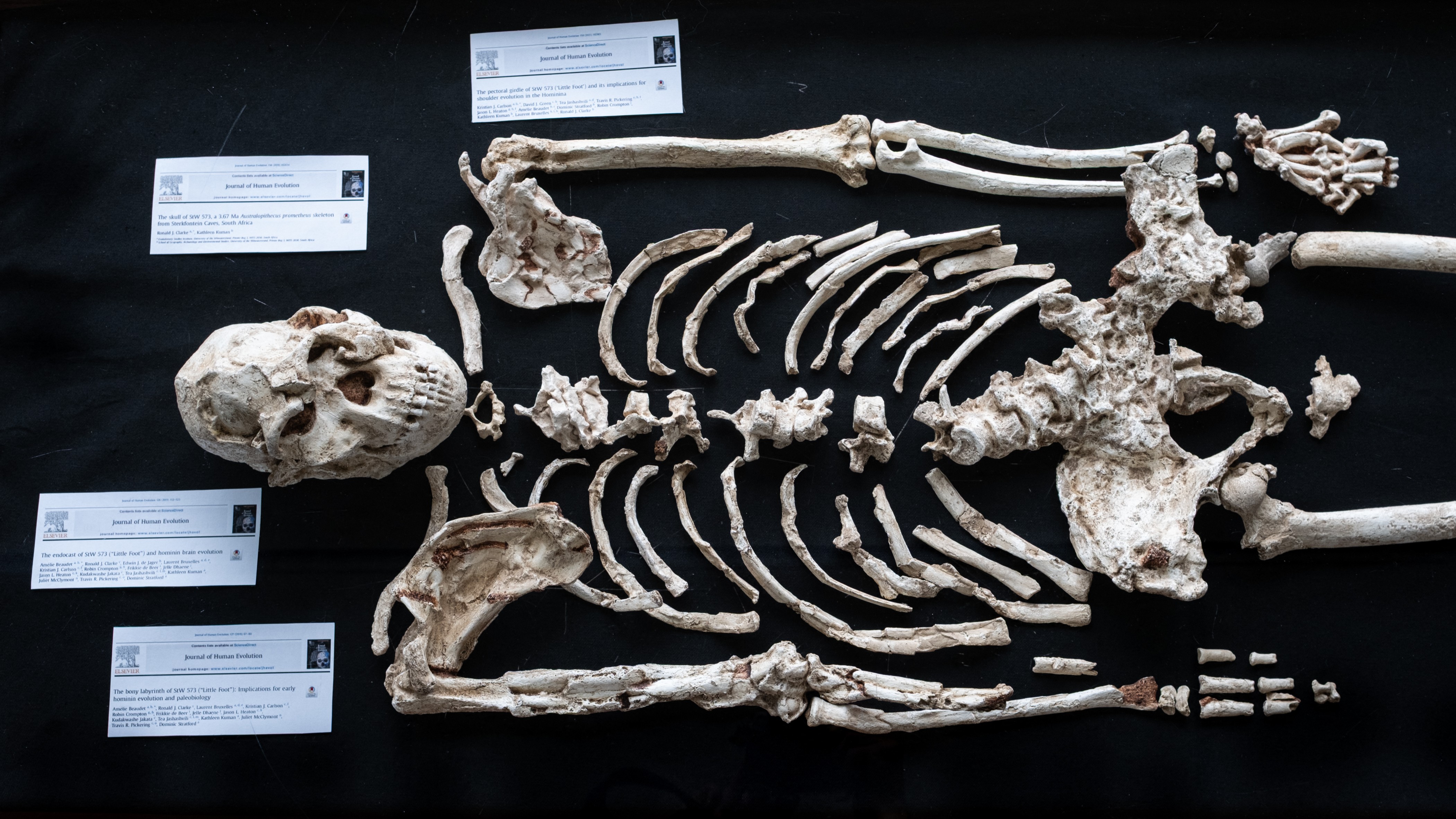
The middle ear boasts the body's smallest bones, and the inner ear houses the sound-sensitive hairs of the cochlear membrane. Although the outer ear hears little of the praise lavished on these other wonders, it is nevertheless far more than just a blank canvas for creative playground insults.
If your delicate head flaps have ever been taunted by calls of "Mr. Spock" or "cauliflower patch," take comfort here. Those external folds of cartilage and skin, called the pinna, have important resonant properties that modify high-frequency sound waves entering the ear before funneling them to the middle ear. The changes in resonance enable us to locate the source of a sound. Another part of the outer ear, the external auditory meatus (EAM), or ear canal, further enhances sound waves in a particular pitch range.
In addition, waxy secretions in the EAM keep bacteria, fungi and invading bugs out while still letting in grade school name-calling.
Follow Life's Little Mysteries on Twitter @llmysteries. We're also on Facebook & Google+.
Get the world’s most fascinating discoveries delivered straight to your inbox.



